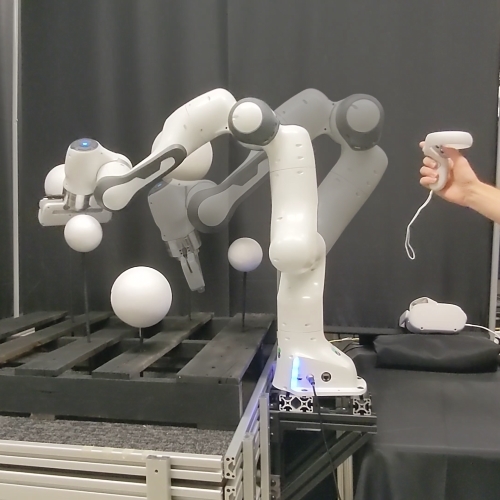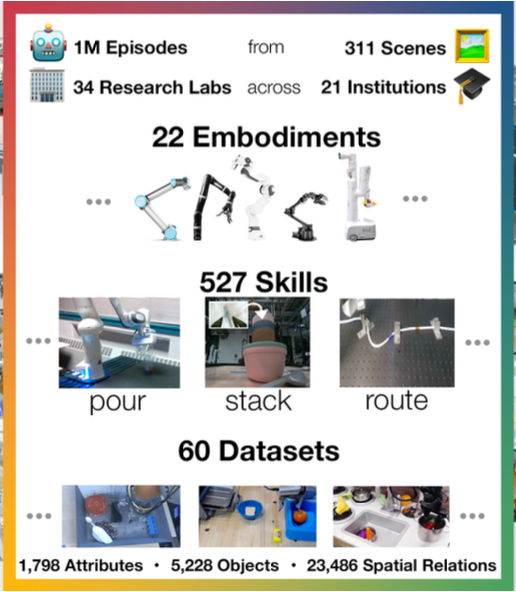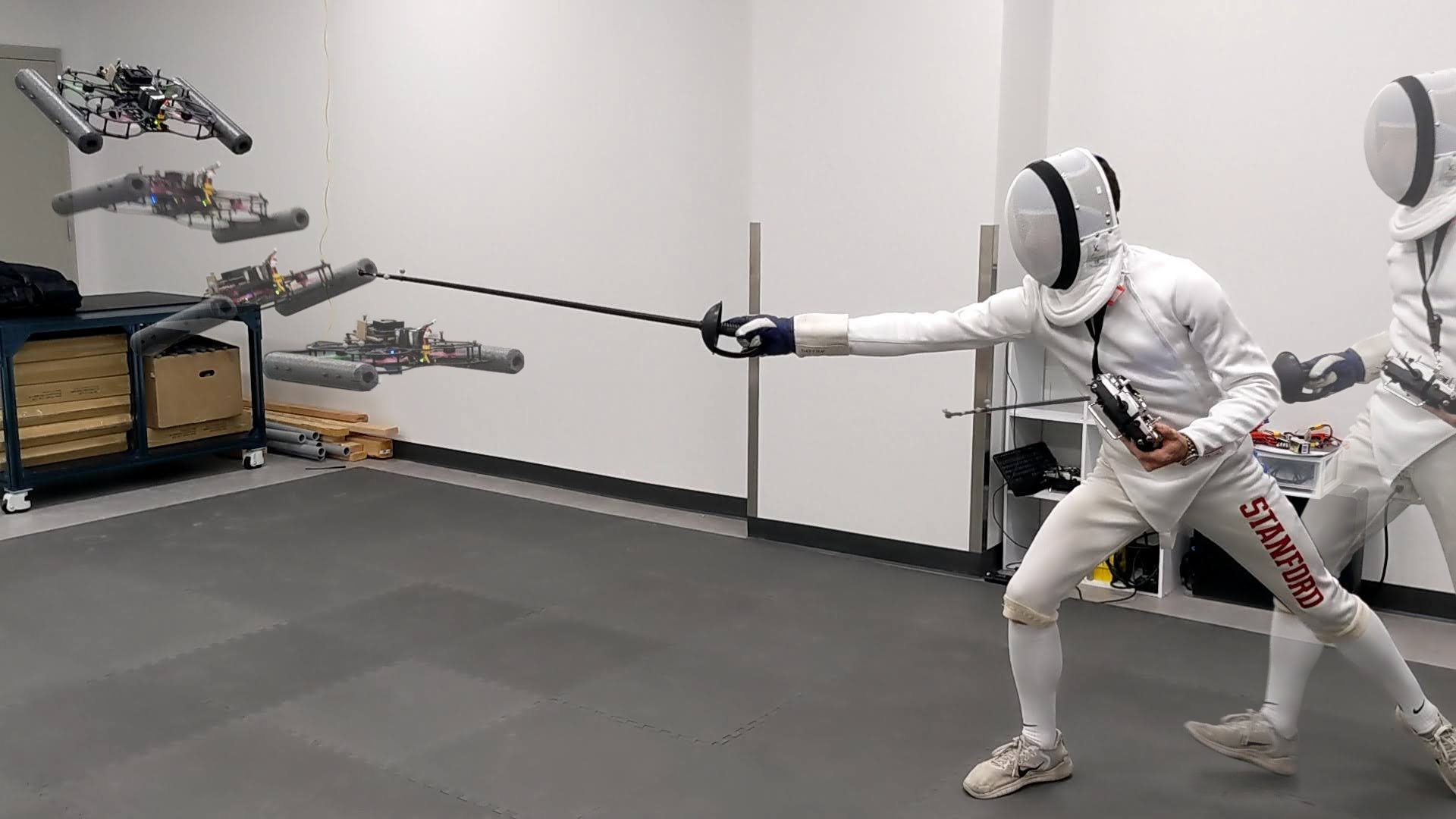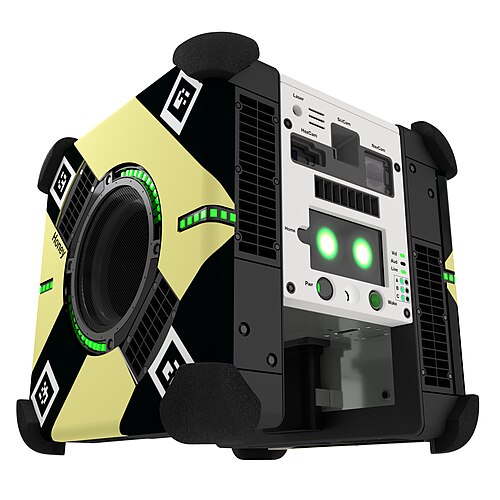Safe, Task-Consistent Manipulation with Operational Space Control Barrier Functions
We introduce an Operational Space Control Barrier Function (OSCBF) framework that integrates safety constraints while preserving task-consistent behavior during manipulation. Our approach scales to hundreds of simultaneous constraints while retaining real-time control rates, ensuring collision avoidance, singularity prevention, and workspace containment even in highly cluttered and dynamic settings.







